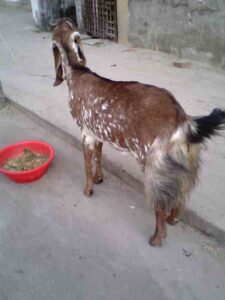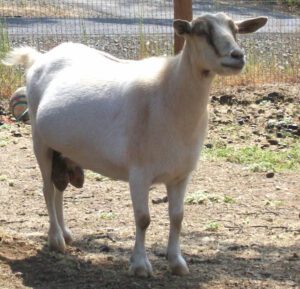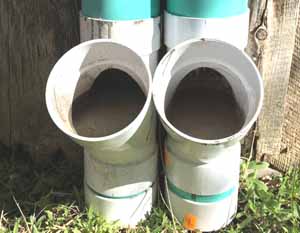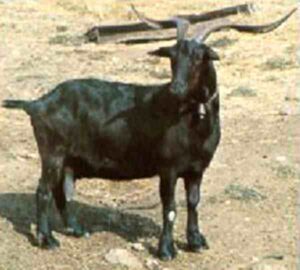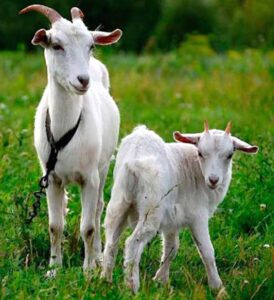The West African Dwarf goat breed is from coastal West and Central Africa. It is the progenitor of the African Pygmy goat and Nigerian Dwarf goat breeds in the United States, and the Dutch Dwarf and Pygmy goat breed in Great Britain.
The West African Dwarf goat breed probably evolved in response to the conditions in the humid forests of West and Central Africa.
The breed is known by some other names in different parts of the world such as African Dwarf, Chevre naine de Savanes, Cameroon Dwarf, Chevre de Casamance, Chevre naine de l’est, Djallonke, Dwarf West African, Diougry, Forest goat, Fouta Djallon, Grassland Dwarf, Guinean, Guinean Dwarf, Kosi, Pygmy, Tibetana etc.
There are many types of the West African Dwarf goat available. A numerous breed found on the coast of west and central Africa. And this goat breed play a very important role in the rural economy of West Africa.
Most of the poor and small scale farmers in this region used to raise them. Read more information about this goat breed below.
West African Dwarf Goat Characteristics
West African Dwarf goat is usually smaller in size. Both bucks and does have horns. Their horns are curve outwards and backwards in bucks. The bucks also have beards, and sometimes manes. Their chest is broad and the back straight and their neck is relatively long.
The legs of these goats are short. Udder of the does is small but usually well-shaped. Most of the goats have short stiff hair. And the color varies; dark brown with black points is probably the most common, but black, red, white, pied and multicoloured goats also occur.

They have a typical height of 12 to 20 inches (30 to 50 cm). And the adult bucks on average weight about 20 to 25 kg, and the does about 18 to 22 kg. Photo credit- Stephen Hall, Flickr.
Uses
It is a multi-purpose goat breed. The breed is kept for many reasons. But the breed is mostly raised for meat and milk production. It is also good for raising goats as pets.
Special Considerations
West African Dwarf goats are relatively smaller in size. But they are usually active, strong and playful in nature. In most cases, these goats are capable of breeding at 12 to 18 months of age.
Multiple births are very common with twins being normal and triplets frequent. The kidding interval averages about 220 days. They are very important in the rural economy of West Africa.
Most of the rural families of West Africa used to keep this goats for meat and milk production. Review full breed profile of this breed in the following table.
| Breed Name | West African Dwarf |
| Other Names | It is also known by some other names such as African Dwarf, Chevre naine de Savanes, Cameroon Dwarf, Chevre de Casamance, Chevre naine de l’est, Djallonke, Dwarf West African, Diougry, Forest goat, Fouta Djallon, Grassland Dwarf, Guinean, Guinean Dwarf, Kosi, Pygmy, Tibetana etc. |
| Breed Purpose | Meat, Milk, Pets |
| Breed Size | Small |
| Buck | About 20-25 kg |
| Doe | About 18-22 kg |
| Horns | Yes |
| Climate Tolerance | All Climates |
| Coat Color | Dark brown with black points is probably the most common, but black, red, white, pied and multicoloured goats also occur. |
| Good for Stall Fed | Not sure |
| Rarity | Common |
| Country/Place of Origin | West and Central Africa |

